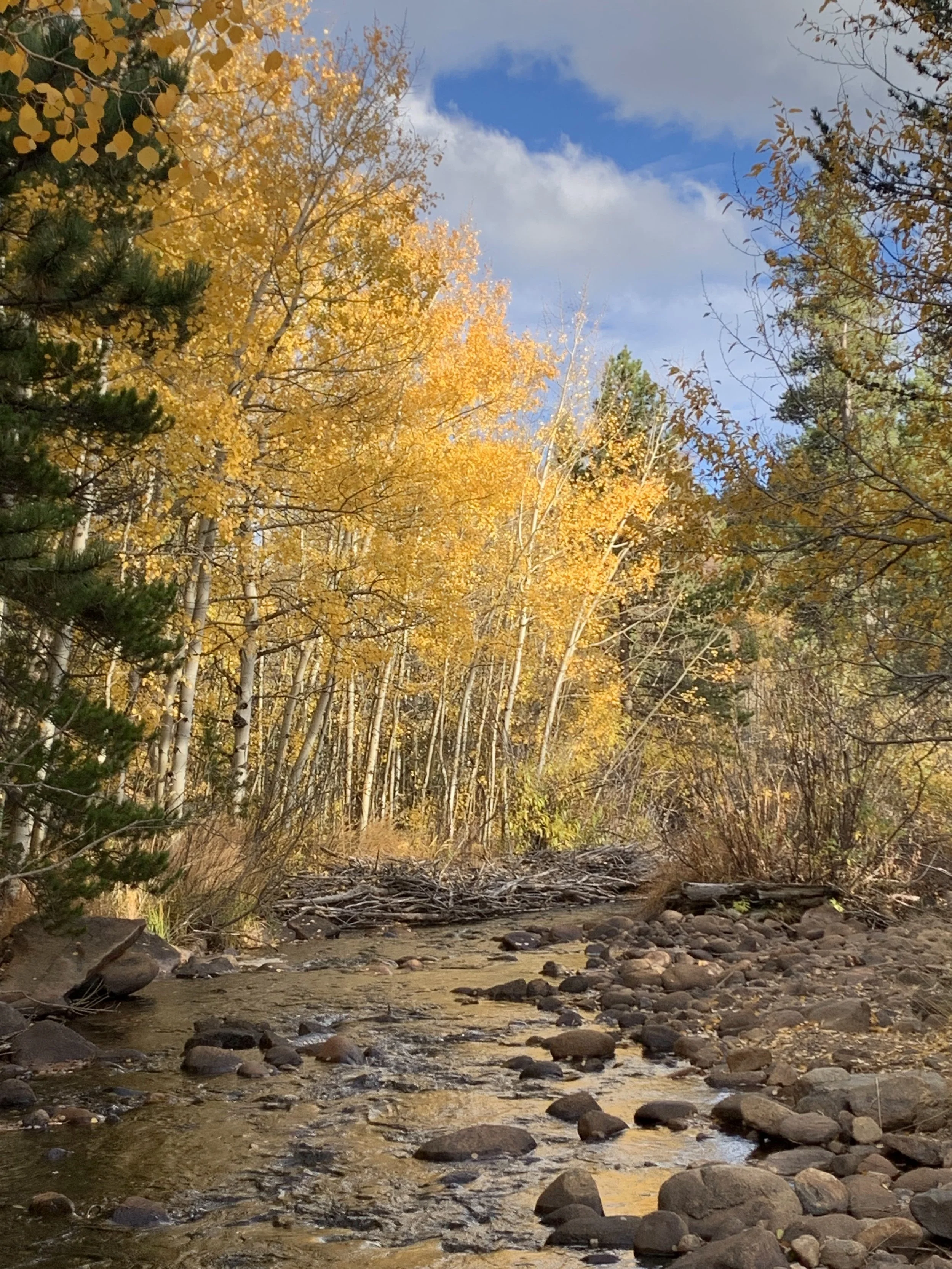Forest Therapy FAQ
-
Forest bathing, or the Japanese practice of immersing oneself in nature called shinrin-yoku, emerged in the 1980’s as a response to rising health concerns linked to rapid urbanization. At that time, researchers began studying the positive physical and mental health benefits of spending time in forests. The research prompted the Japanese government to invest further in scientific studies of the practice. Today more than 60 designated shinrin-yoku forest centers exist in Japan.
-
Inspired by shinrin-yoku, the Association of Nature and Forest Therapy (ANFT) developed relational forest therapy, a deep sensory exploration, rooted in the heart, that reminds us of our interconnection with all living beings, and helps us reconnect to our relationship with ourselves, each other and the Earth.
-
Forest therapy walks are slow-paced experiences, typically lasting 2-3 hours. We walk less than a mile.
During a walk, you are guided through simple and expansive invitations to engage your senses in the present moment and bring your awareness to your surroundings. We each receive opportunities to share our experiences with the group. We typically close the walk with tea and light snacks.
A clearly-defined sequence provides structure to move the walk along, however the practice is open-ended, and there are no predetermined outcomes or expectations. This is a personal experience between the participant and nature.
We walk rain or shine in relationship with the land, anywhere nature is accessible - forests, nature preserves, parks, backyards or corporate campuses. Remote walks can also be facilitated via Zoom.
-
People have all different experiences on forest therapy walks. Some people experience emotions like joy, grief or boredom. Many people report a deep sense of calm, a quiet return to oneself, a reconnection to nature, and a sense of belonging to both the human and natural worlds. It’s highly individual.
-
Forest therapy walks are for everyone! And all are welcome.
Walks can be modified to meet individual needs. Since everything on a walk is invitational, participants are encouraged to do only what feels right for them. There’s no right or wrong way to experience a walk; it's simply an opportunity to trust yourself, listen to your body, and receive the support that nature provides.
-
No, I am not a medical practitioner or mental health professional. I do not offer any kind of mental health advice. I am a certified forest therapy guide trained in leading people in forest therapy sessions. Forest therapy offers many physical and mental benefits, but it is not a replacement for professional treatment.
-
Research shows that spending time in nature can positively impact our bodies, minds, and spirits. It can reduce depression, anxiety, and stress, while enhancing mood, sleep, self-esteem, cognitive function, and creativity.
Nature engagement has also been linked to stronger immune function, increased energy, and even greater longevity.
Socially, it can deepen relationships with others and inspire feelings of gratitude, generosity and selflessness. Studies on forest bathing suggest that guided walks can enhance a sense of community and belonging, while reducing isolation and loneliness.
-
It is easy to fall in love with nature when we place our attention there and notice our interrelationship with the natural world.
As we deepen our connection with the natural world, we begin to practice reciprocity. We may become more aware of the history of the land we walk on, the people who have tended the land, and our personal responsibility to protect and care for it. In doing so, we learn how to be better stewards of our generous Earth. We become connected to the heart of the wild.
